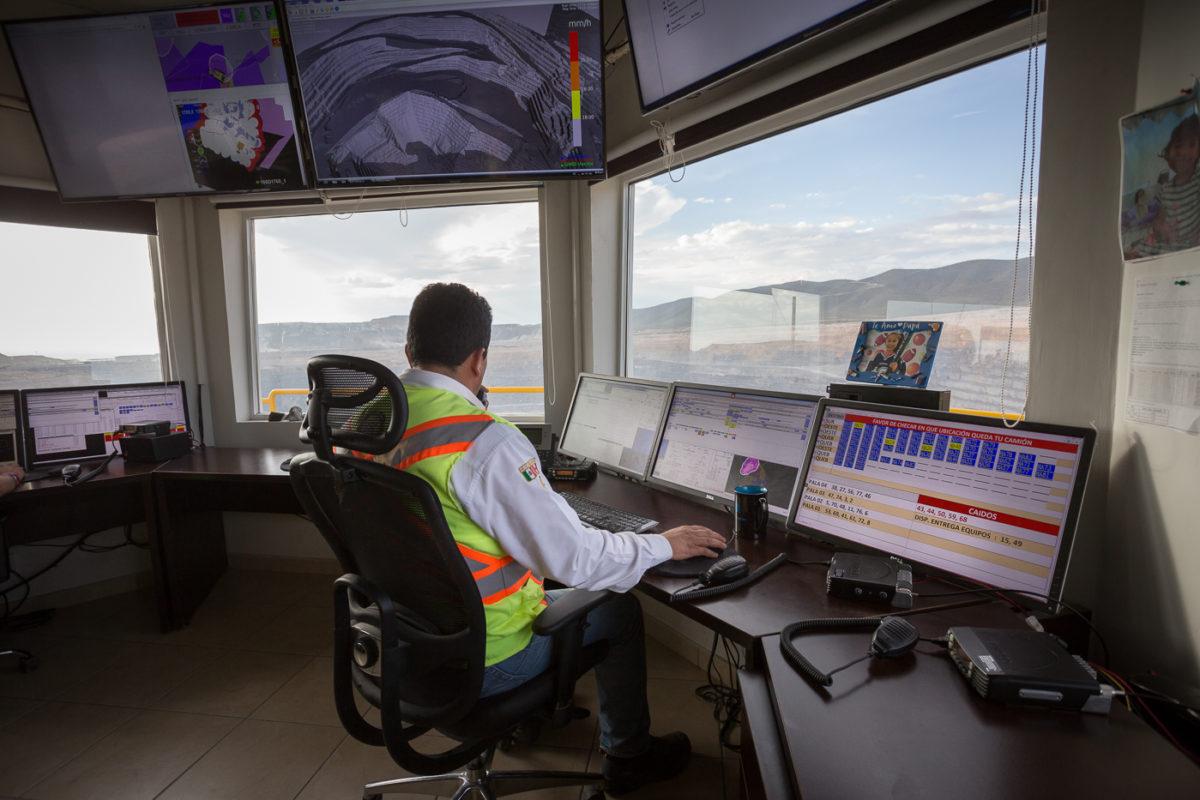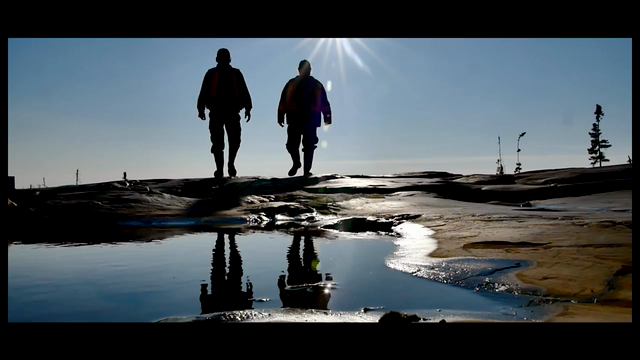What It Means to Be a Miner in the 21st Century
By David Garofalo, President & CEO of Goldcorp Inc.
As published in the Globe and Mail on February 15, 2018, as part of the Leaders…
The mining industry has traditionally been a laggard when it comes to innovation. The 21st-century economy, however, dominated by emerging technologies like electric vehicles, green energy sources and ever-more advanced mobile devices, is demanding creative approaches to efficiently delivering the raw materials that will fuel modern economies.
Canadian mining is seeing a real drive to innovate that is bolstering our ability to get materials to global markets as efficiently and cost-effectively as possible. And it’s changing what it means to work in mining.
New technologies are enabling workers to make quicker, more informed decisions at the front lines of operations. Advancements in artificial intelligence and machine learning are giving geologists more options and the data to understand existing deposits differently, along with tools to make new discoveries. Increased automation is removing workers from the riskiest parts of the mine, making our mines safer as we strive for zero harm.
Advances in tailings management and water recycling are supporting Goldcorp’s Towards Zero Water initiative, which will lead the industry to dramatically lower water consumption over the next decade, and alternative energy projects are helping to reduce our environmental footprints and greenhouse-gas (GHG) emissions, as society’s expectations around responsible operations rightfully grow.
Today, mines are connected. Fibre-optic infrastructure transfers real-time information from sensor-laden equipment located underground to digital centres on the surface, allowing decision makers to analyze and deliver faster, more informed direction about the use of resources at the mine. This real-time information exchange has already resulted in close to a 10-per-cent increase in productivity, and we believe we’ve only scratched the surface of potential.
Enhanced connectivity also allows machine operators, who traditionally work at the face of the mine, to operate haul trucks and other equipment remotely from the safety of a facility located several hundred kilometres away from the mining site, as is the case at our Musselwhite Mine Remote Operating Centre in Thunder Bay, Ont., creating greater opportunities for a more diverse and inclusive work force.
As technology enables mining professionals to do their jobs faster, more accurately and away from the riskiest parts of an underground operation, ultimately creating a safer work environment, we will require the skills to build and maintain the digital infrastructure that supports new, modern mines. Expertise in artificial intelligence, virtual reality, software design and systems integration brings a fresh perspective on what it means to be a miner.
Today, exploration is “machine intelligent.” The process of predicting gold has historically been only slightly more sophisticated than a “shot in the dark.” What if we can remove human bias from exploration to predict deposits more accurately? The IBM Watson supercomputer is helping our geologists at Red Lake, Ont., predict the location, size and characteristics of new gold deposits. As Watson’s first foray into Canadian mining, our Red Lake team fed over 80 years worth of drill logs representing over two million drill records with terabytes of geological data to Watson, which processed it in just 4.5 hours, a 97-per-cent efficiency gain.
Geologists can now identify drill targets much faster and with greater accuracy, reducing the cost of adding to reserves and providing more accurate ways to determine the asset value of potential acquisitions. Freeing up data-processing time also gives geologists more time to do what they do best – explore geological anomalies, analyze new data correlations and systematically map new trends.
There is a broad transfer of knowledge occurring within the mining work force. Industry professionals with years of experience in traditional mining are passing on decades worth of knowledge to a new crop of mining professionals who are using it differently than their predecessors. They are asking new questions, exploring new avenues of discovery and applying it to new processes that satisfy the demand of the 21st-century economy to be better, faster, more efficient and more responsible.
Mining companies can’t achieve this transformation on their own. Cross-sector collaboration is essential to ensure the efficient use of resources and expertise. And Canadian mining companies are responding with industry-wide, collaborative efforts that are changing the game.
The recently announced CLEER (Clean, Low-energy, Effective, Engaged and Remediated) proposal, which aims to transform Canada’s mining sector with an emphasis on clean resources, clean technology and responsible sourcing of metals, was shortlisted by the government of Canada to receive funding from its Innovation Superclusters Initiative. Goldcorp’s #DisruptMining challenge is working to accelerate the pace of innovation in our industry by encouraging cross-sector collaboration. It invites entrepreneurs and established businesses alike to share their innovative ideas with leaders in mining, technology and venture capital, with the goal of uncovering the next revolutionary concept that will disrupt what we do.
In the future, every mining company will be a technology company. As technology and mining grow ever closer, there will undoubtedly be an evolving redefinition of what it means to be a miner.


